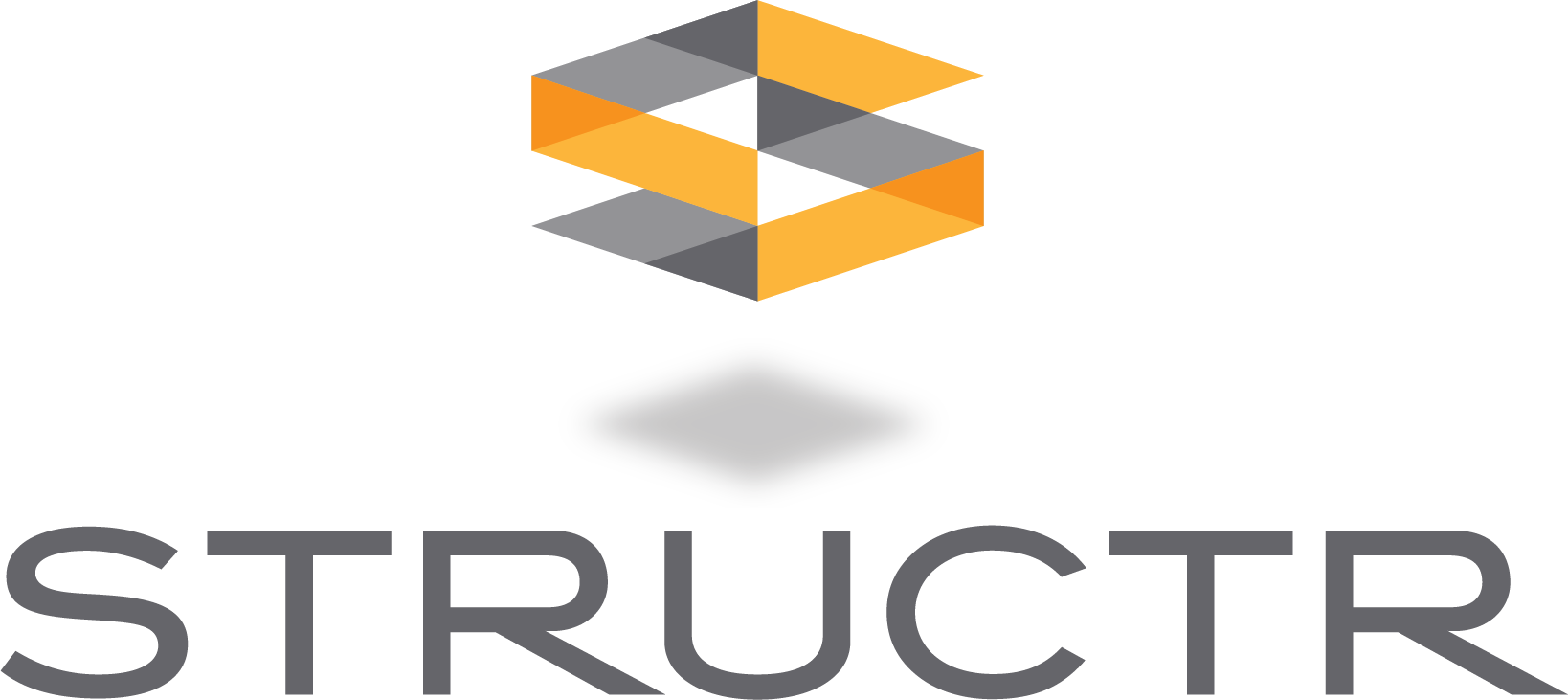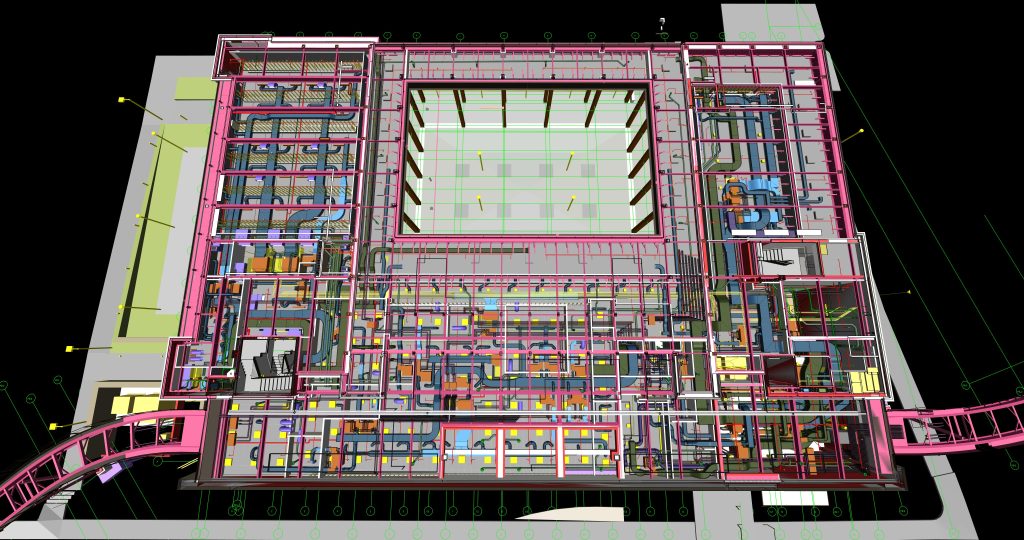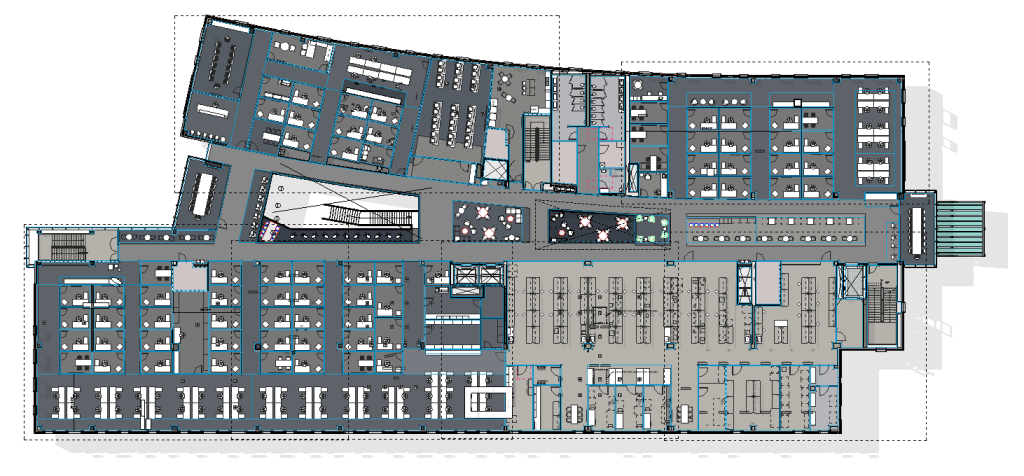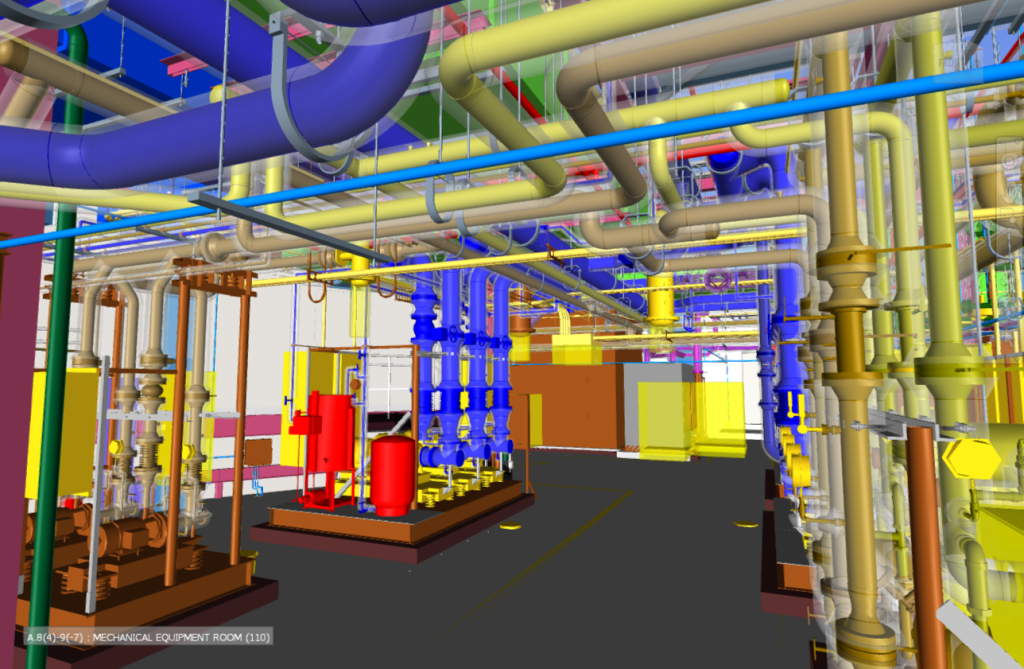

Mar 29, 2022

Building Information Modeling (BIM) has advanced the AEC industry and expanded capabilities for collaboration. Using BIM for visualization and coordination for design and construction projects is not a new concept, but the intrinsic value of BIM extends beyond the job site. 80% of a typical building’s total lifecycle costs are accrued during operations and maintenance (O&M); thus, owners and facility managers have a keen interest in finding efficiencies in keeping facilities operational. When BIM models are properly updated with as-built conditions and O&M data during construction, BIM can yield significant time and cost savings in facility management.
Benefits of BIM for FM
BIM, though predominately used in design and discipline coordination, has great potential in an FM application. It provides accurate, timely, and relevant information throughout the lifecycle of, not just one building, but an entire portfolio of facilities. The use of BIM technology in the operational phase of a building’s lifecycle is trending, as owners look for new ways to improve the efficiencies of their facility operations.
BIM for FM is not a one-size-fits-all solution. When considering integrating a BIM for FM solution, it’s important to consider the owner’s goals and unique needs for your facilities. Generally, BIM for FM can provide benefits to owners and operators that save time and money with a more efficient O&M process, including:

Implementing BIM for FM
Developing a well-established plan that meets your specific needs and goals is critical for the solution to be successful. If outlined upfront, the data can be organized to maximize the full potential of the BIM model in managing the facility lifecycle.
Relying on traditional handover documents and O&M processes minimizes the overall value of the technology. The digital transformation happening in the industry is getting BIM in the hands of facility managers. With proper planning and thoughtful implementation, BIM for FM can be successfully implemented, arming facility managers with tools and information to save time & money.

Ready to explore a BIM for FM solution? Start by understanding your goals for implementation. Here are a few questions to help start the conversation:
Answering these types of questions will begin to define what a BIM for FM solution looks like for your organization.
The Path Forward
The construction and real estate industry is just beginning to unpack the power of BIM, in managing the lifecycle of a building. BIM for FM provides exciting opportunities to streamline facility management efforts and enhance the operational facility of buildings. Understanding your goals early in the project will put you on the path to success.